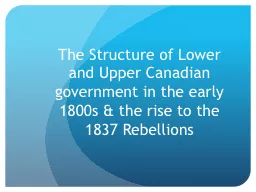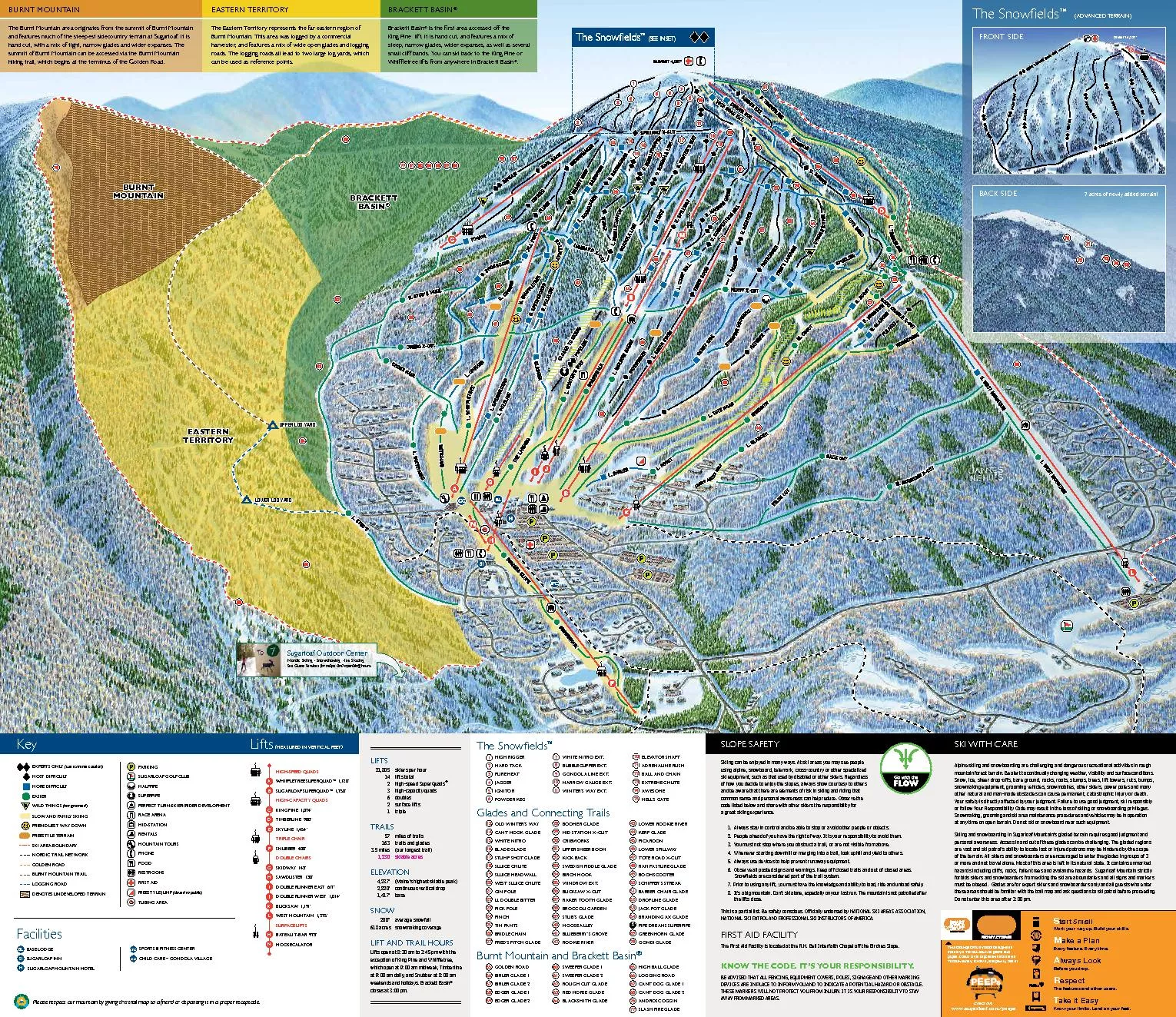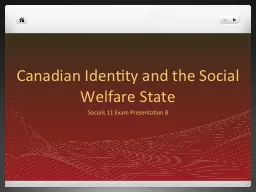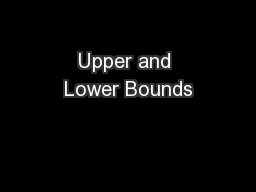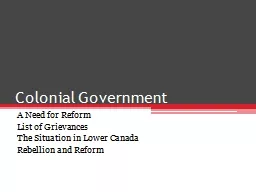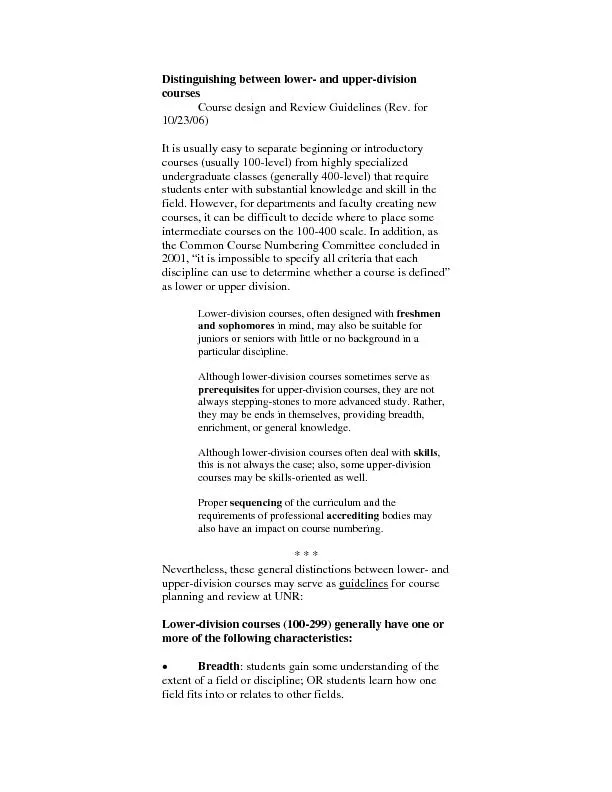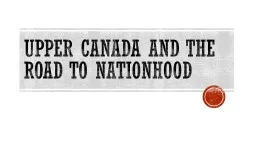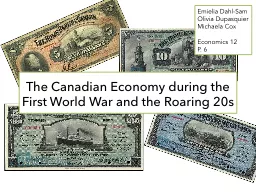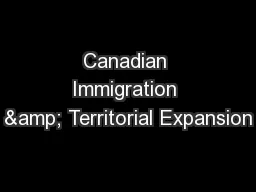PPT-The Structure of Lower and Upper Canadian government in the
Author : kittie-lecroy | Published Date : 2017-05-14
The Population of Lower and Upper Canada Population of Lower Canada 1814 335000 people Population of Upper Canada 1814 95000 people httpwwwstatcangccapub98187x4064809enghtm
Presentation Embed Code
Download Presentation
Download Presentation The PPT/PDF document "The Structure of Lower and Upper Canadia..." is the property of its rightful owner. Permission is granted to download and print the materials on this website for personal, non-commercial use only, and to display it on your personal computer provided you do not modify the materials and that you retain all copyright notices contained in the materials. By downloading content from our website, you accept the terms of this agreement.
The Structure of Lower and Upper Canadian government in the: Transcript
Download Rules Of Document
"The Structure of Lower and Upper Canadian government in the"The content belongs to its owner. You may download and print it for personal use, without modification, and keep all copyright notices. By downloading, you agree to these terms.
Related Documents

